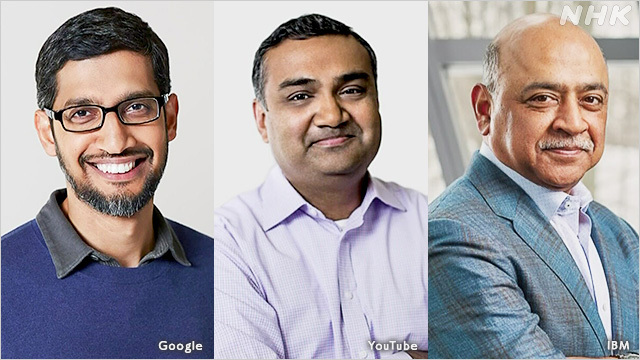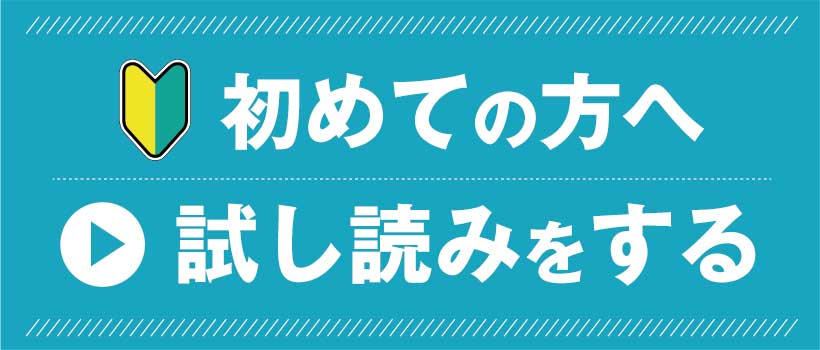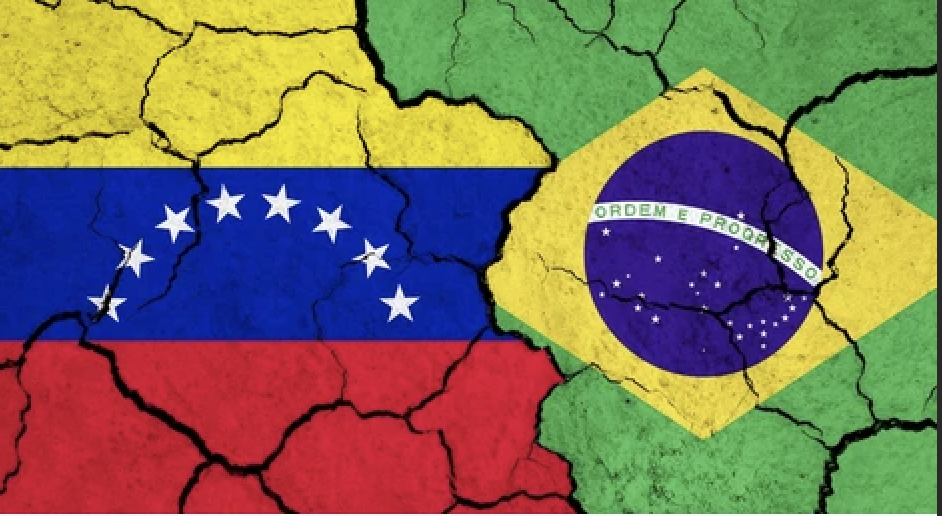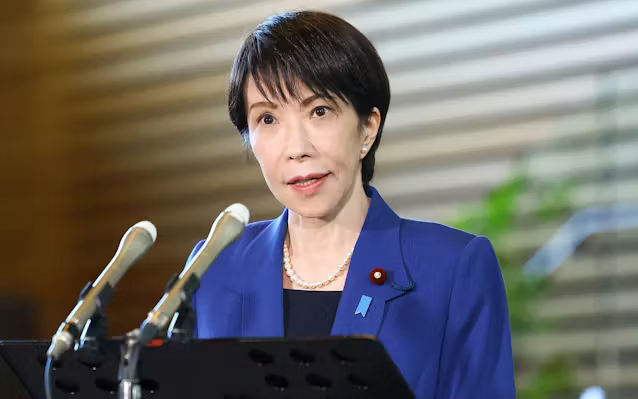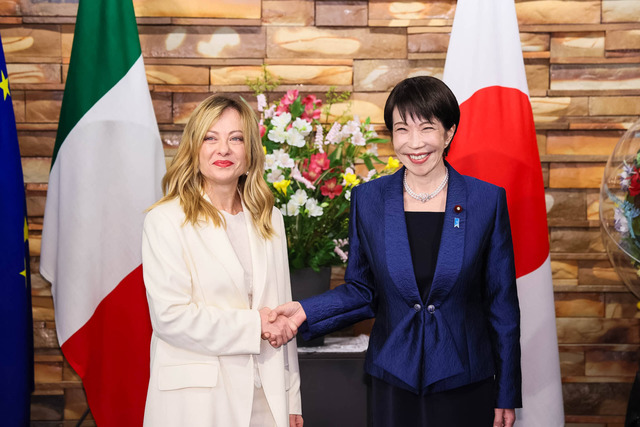※Translated with Notion AI. (Plus version)
There has been a lot of news about India as Prime Minister Narendra Modi enters his third term.
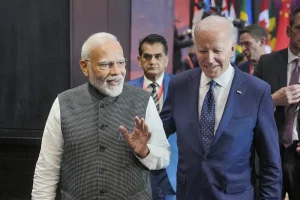
I am a Japanese from Kyushu, who has been living in India for 10 years after deciding to settle here permanently by marrying an Indian.
Currently, I work in an Indian conglomerate’s company, in the department of trade with Japan (infrastructure development).
I was persuaded by my Indian wife, whom I met in college, that “It’s now India’s time“, and moved to India without much research.
Initially, I studied the local language to get used to the local life, but in India, where 22 languages are stipulated in the constitution, there was absolutely no sense of accomplishment in applying what I learned.
In the end, I focused on English, which is one of the 22 official languages of India and spoken by many Indians, and dedicated myself to getting used to Indian-style English.
Many Indians pride themselves on speaking fluent English and speak in rapid-fire, tongue-rolling English without hesitation.
At first, even I, who had scored 100 points on the TOEIC, could only understand about 1 to 2% of it. But familiarity is a scary thing, and now I can understand almost all of it.
On the other hand, my English is not at all understood by my negotiation partners who are American-raised clients of Japanese companies.

As I got quite used to the local language and started to receive interviews from Japanese media from time to time, I cannot deny that the articles distributed are still superficial.
I would like to occasionally talk about the true India, not just superficial stories, in the future.
It’s not too late for India, which has become the world’s largest population market. I hope you can gain realistic information and understanding.
So let’s get started.
